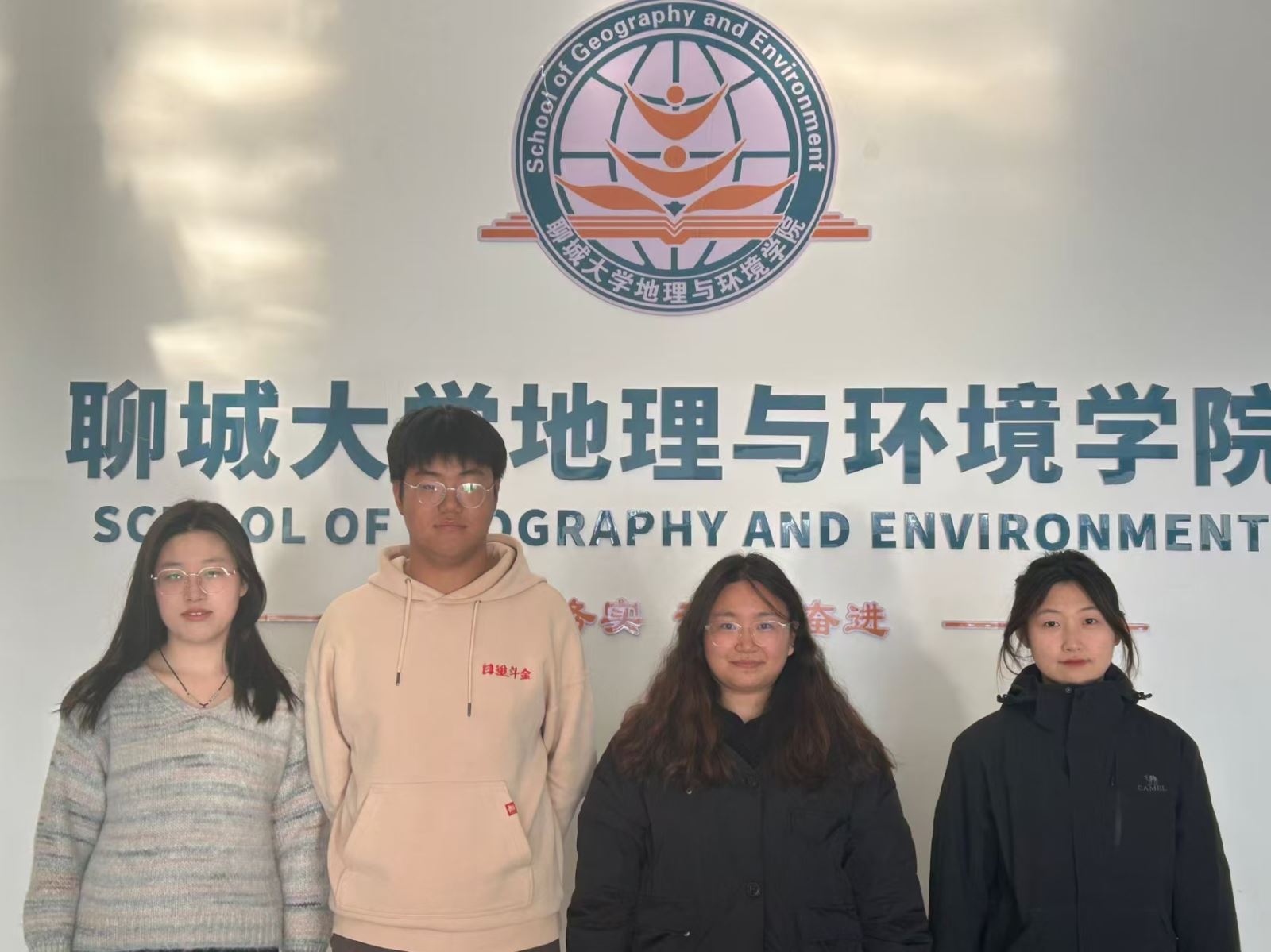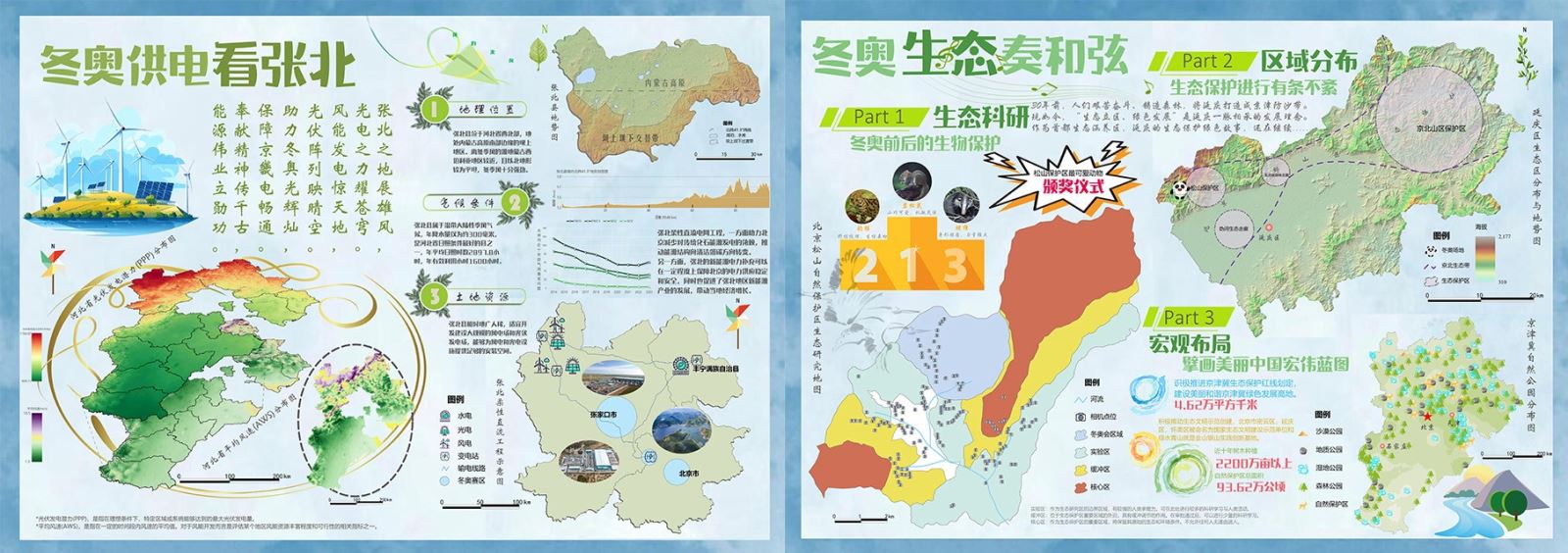The Post-Ice-Snow Era in Beijing-Tianjin-Hebei Region

(From left: Shen Siqing, Guo Rui, Sun Kaidi, Song Ningning)
ⅠProject Introduction
In recent years, industries related to ice and snow sports, culture, equipment, and tourism have rapidly emerged, boosting the popularity of the ice and snow economy. Developing this economy helps stimulate effective investment, foster new growth points in service consumption, and transform ice and snow resources into cultural and tourism assets.
The ice and snow economy can build bridges for the synergistic development of related industries, promoting integrated urban-rural development and optimizing the ecological environment. Simultaneously, it contributes to advancing the Healthy China initiative and building China into a leading sports nation, better satisfying the people's growing needs for a better life. In terms of safeguarding and improving livelihoods, industries like ice and snow sports and tourism can assist farmers and herdsmen in gaining employment and increasing incomes, effectively promoting rural revitalization.
Tang Chengcai (Professor, School of Tourism Sciences, Beijing International Studies University) also stated that "cold resources" are becoming a "hot industry."
Relying on their resource advantages, Northeast, North, and Northwest China are focusing on developing their distinctive ice and snow economies. Therefore, we selected the representative region of North China – the Beijing-Tianjin-Hebei region – for our study.
As the host region of the Beijing Winter Olympics, the Beijing-Tianjin-Hebei area has developed a strong regional industrial cluster for the ice and snow economy, with its ice and snow ecology being well protected. Concurrently, public awareness and education have integrated ice and snow sports into daily life.
This thematic atlas analyzes and expresses the impact of this phenomenon on the society, people, and ecology of the Beijing-Tianjin-Hebei region following the conclusion of the Winter Olympics. The overall concept aligns with the Olympic motto of "Together for a Shared Future."
The following sections introduce the ten thematic maps based on the three main directions of our cartographic work.
This set of maps starts with the Winter Olympics, introducing the achievements in ice and snow sports, the reuse of Olympic venues, and the application of Winter Olympics ice and snow technology. It also provides a brief introduction to the ice and snow industry in the Beijing-Tianjin-Hebei region. This helps the public understand the history of the Winter Olympics and stimulates enthusiasm for participating in ice and snow sports.

It showcases the reuse of Olympic venues and the development of ice and snow industry technology from various perspectives, demonstrating how technological innovation fuels the growth of the ice and snow economy.
This set of maps focuses on three aspects: ice and snow tourism, ice and snow education, and public perception of ice and snow. Its aim is to show the deepening connection between the ice and snow economy and the people, gradually moving towards universal participation in ice and snow sports.

Whether through activities derived from the ice and snow tourism industry or the growing concept of ice and snow sports among children and the general public, ice and snow sports are becoming an important way for people to enjoy outdoor winter leisure and fitness. This injects new vitality into national fitness and provides robust momentum for building China into a leading sports nation and achieving the Healthy China goals.
This set of maps addresses green power supply and the establishment of protected areas, promoting the coordinated development of ecological construction and economic development. The Zhangbei Flexible DC Grid project ensured the smooth progress of the Games while also advancing the development of the green power generation industry, showcasing national strength and image.

ⅡAdvisors' Comments
This team meticulously designed and produced a series of ten thematic maps centered on the Winter Olympics and ice-and-snow-related themes. Covering multiple dimensions such as sports achievements, technological applications, venue reuse, industrial development, ice and snow tourism, ice and snow education, power supply assurance, and ecological protection, the maps comprehensively and deeply present the diverse impacts of the Winter Olympics and the rich content within the ice and snow domain through cartographic visualization.
Against the contemporary backdrop of vigorously promoting ice and snow sports and actively advocating for sustainable development, this work focuses on the Beijing-Tianjin-Hebei region. Leveraging detailed data and an intuitive map presentation format, it guides the public to gradually gain an in-depth understanding of the current situation, developmental achievements, opportunities, and challenges across various dimensions – including ecology, energy, education, and tourism – behind the Winter Olympics, closely aligning with the themes of our times.
Each map features rich and substantial content, ingenious and vivid symbol design, harmonious and natural color schemes, as well as scientific, reasonable, aesthetically pleasing, and well-balanced layouts, fully demonstrating the team members' solid professional foundation in cartography and their superb, proficient mapping skills. This work systematically showcases China's relentless efforts and brilliant achievements during the preparation and hosting of the Winter Olympics and the development process of the ice and snow industry.
Simultaneously, it powerfully highlights the vast future development space and unlimited potential of the ice and snow cause, reflecting the team members' strong sense of responsibility and their commitment to actively contributing to the advancement of this field.
© 1997-2025 SuperMap Software Co., Ltd.
6/F, Building 107, No. A10, Jiuxianqiao North Road, Chaoyang District, Beijing
Links:SuperMap